 |
Belleville was just like its neighbour Montmartre a rural district with vineyards and windmills, where the French bourgeoisie enjoyed their country houses. After Haussmann’s renovations of the French capital in 1871, it became a nest of free minded people and the last communards kept fierce resistance. Afterwards factories showed up and the laborers settled in Belleville, later decay followed. Today Belleville is trendier than ever because the neighbourhood buzzes and developed into a trendy area for artists. One metro ride away from the busy center you arrive in a charming part of Paris that often does everything diametrically opposed to everyone else.
 |
Edit Piaf impressed the crowd by singing ‘la foule’ at café ‘Aux folies’.
|
Highest point, twist point. Drinking a cup of coffee on the terrace of brasserie La Vielleuse - on the crossroad of the boulevard and the rue de Belleville - is interesting. Belleville is a colorful melting pot with more than 80 nationalities. It looks like the whole world passes by me. The terrace is one of the best places in Paris to spot people. At the crossroads not only cultures, but also four neighbourhoods join together. Intuitively I enter the rue de Belleville of which one side is situated in the 19th, and the other one in the 20th arrondissement. In between the Chinese bazaars and restaurants, on the corner of rue Dénoyer, café Aux Folies entices me inside. A mosaic paved floor, full size mirrors all around the walls, a wooden bar with copper work and pastel coloured neon lights put up against the ceiling.
 |
Piaf was born on the streets of Belleville.
|
La vie en rose, it looks like I ended up in a movie from the forties. Once when making her debut Edit Piaf sang her song ‘la foule’ over here, impressing the whole crowd. Since those times nothing much has changed. The Parisian singing-icon was born a bit further onwards on the pavement of rue de Belleville, at least if we may believe the legend and the sign on the façade in the distance. I continue onwards a long, steep street until the cemetery of Belleville. A rusty sign on the wall informs me that at 128,5m (420ft) I am standing at the highest point of Paris. The honor of being located at the highest point of Paris has already been a twisting point since years between the Belleville and Montmartre districts. The verified version is a kind of compromise: Belleville is the highest point of Paris on public property and Montmartre on private property. But who cares anyway?
Scale-model. ‘La vie est belle’ says an old Parisian with a big smile when I walk into the Parc de Belleville. This optimist at an advanced age presents himself as Roger and spontaneously tells me his life story. ‘The short version’, he adds. And life is indeed beautiful, especially when the sun shines. From the park I have a spectacular panorama across the city. Paris can be seen as a scale-model in front of my feet, the Eiffel tower, the Notre-Dame, Centre Pompidou, la Défense, I see all the highlights in a glimpse. Before our paths diverge again, Roger takes me to the vineyard of the park, on a flank near rue du Transvaal.
 |
Parc de Belleville.
|
The ranks are a homage to the Piquette, a cheap, light sparkling white wine that is the proud of the neighbourhood. ‘Undrinkable’ laughs my pop-up guide, although he only heard about it. Belleville – just like Montmartre – is situated far beyond the old ramparts, where alcohol was free of taxes. The famous ginguettes (drinking establishments) were because of that remarkably popular over here. Luckily I only need to cross the street for a good glass of wine, to Bar-O-Paris. On the terrace of the trendy bar I enjoy the sunny view across Paris. Besides normal Bellevillois who come around, from time to time also stars like Johnny Depp and Juliette Binoche have a drink here.
 |
Mouzaïa, countryside charms against a décor of concrete.
|
Hidden charms. For once my intuition lets me down, Place des Fêtes is with its outdated shopping center and concrete residential buildings around from the remaining Parisian working class, a lot more prosaically then the name suggests. Bright spots on the dreary square are the art-deco metro station and the 16th century regard de la Lanterne, once part of the aqueduct of Belleville which provided Paris of water for centuries. After only a 10 minute walk I arrive in a world that strongly contrasts against the high grey concrete buildings: quartier Mouzaïa. Around the rue de Mouzaïa I notice a range of small streets – villas – that still testify silently about the rural character of this neighbourhood. I walk through small streets with charming houses and wonderful front gardens where rose bushes and wisteria hang over the iron fences like green waterfalls.
 |
Rue de Mouzaïa.
|
Once they were modest lodges of the laborers of the limestone quarries, nowadays they are desirable holiday homes for the happy few that can afford them. Not everywhere in Belleville the rural history is being displayed so obviously as in Mouzaïa, usually you have to look for it. Along the busy rue de Pyrénées I walk into a tiny street, la cité de l’Ermitage. Also here I spot idyllic country houses with beautiful front gardens where blue wisteria steadily intertwines; it looks like I am walking through a theatre décor with cats as my only companions. Îlots on the other hand, are small groups of houses that are literally embedded by housing blocks. There are plenty of them to be found in Belleville, but it is best to discover them together with a guide.
Finding Nemo. I am walking through the streets of Bas-Belleville (lower Belleville) were the roads look like battered teeth. As a result of a flopped urbanization plan of the eighties, hideous holes occurred in the construction line of streets such as rue Ramponeau. Together with the blank walls in the neighbourhood they literally became a dream workplace for street artists. Street art can be found all over Belleville, the neighbourhood looks like a large open-air museum. Rue Dénoyer is literally full of graffiti drawings and I particularly discover alternative ateliers of artists such as Pedro, who has an original portrait gallery over here. Huge street art adorns the blank facades at Place Fréhel were an installation of Ben warns me: ‘il faut se méfier des mots’ which means ‘beware of words’. Also for his words, I ask myself in silence? Then again the detective of Jean Le Gac follows another trail, leading me to rue Julien-Lacroix.
 |
Finding Nemo.
|
Which track is unclear, but I guess he is chasing the mysterious Nemo, the godfather of the local street art is already working for years in complete anonymity and became world famous with his painted silhouette of a man wearing a hat and red balloons. The white characters of artist Jerôme Mesnager became also a hype in the mean time. I notice them all over Belleville, on walls, windows, doors and storefronts. They anticipate to other fun street art or items in the direct surroundings. The owner of bijouterie Atelier Castafiora, facetiously called ‘le zinzin du quartier’ or ‘the crazy fool of the neighbourhood’, is contributing his share in an original way. He sticks red hearts on all street name signs of Belleville. His initiative has a lot of followers, because the local Bellevillois are in love with their colourful neighbourhood.
Pop-up guide #2. A penetrating turpentine odor that drifts from a wide open door in rue du Retrait makes me curious. ‘Bienvenue dans mon atelier’ laughs a man who is busy with some canvases but at the same time nods me inside. Open door, welcoming mind. His name is Bertrand, according to himself, he used to be a university professor in his previous life, but nowadays he devotes his life fully to his true passion: painting. He shows me a couple of his paintings and finally rolls out his queen piece in front of me, a huge interpretation of Goya’s El tres de mayo which was hanging for a while on a wall at the famous cemetery Père Lachaise. ‘It is my personal homage to the communards which were executed in Belleville’ he says. Retournez vos fusils, Return your weapons, reads the caption. Bertrand is proud of his magnum opus, that is for certain. Everywhere around Belleville the communards, the opponents of 1871 are still supported, with Louise Michel ahead. Bertrand is my pop up guide #2 as he proposes to take a walk around the neighborhood to admire the street art. He knows the details not only about every wall painting, he also knows the artists in person. Together with another 300 artists, he belongs to Les Ateliers d’Artistes de Belleville, a collective that opens their doors every May. You don’t even have to wait up till May, as walking into someone’s studio is something quite ordinary in Belleville, with Bertrand’s studio being no exception.
Trendy neighbourhood. From way back in time Belleville was already a debauched district, its guingettes or drinking establishments were even more legendary than those of Montmartre. Those guingettes were reinitiated six years ago by Rosa Bonheur, with her trendy pavilion at Parc des Buttes-Chaumont. Eating, drinking and dancing in open-air is again very popular. Rosa became in no time the favorite hangout of many in Paris. Eating – biological tapa’s – and drinking is done along long tables and it all remains affordable. At rue de Boyer the trendy crowds of Paris attend fashionable clubs such as Le Maroquinerie and La Bellevilloise. La Bellevilloise was up to 1938 a labor cooperative which wanted to reconcile normal people and culture. In 2006 the immense building was renovated with a staggering result: a concert club, a club café, a lovely greenhouse that serves as a restaurant, and a pretty terrace. Today the long rue Oberkampf is a concept in Paris. In the evening the place is crowded. The trendy cafés and clubs are situated side by side; you can dine deliciously surrounded by the trendiest decors. Café Charbon is the hit of the street. The arty interior with huge mirrors, old gas lamps and frescos, is a place where you linger. At the neighbours, Place Verte, you can not only eat and drink in a fun seventies décor, but you can also buy books about decorating. The huge terrace is nearly always cramped with people. Le Nouveau Casino is an established name in the Parisian nightlife. On the menu are mostly alternative music and after parties.
Padam, padam. While she hops around the guests, playing her accordion at Le Vieux Belleville, Minelle puts her hart and soul into singing old French songs. The eccentric singer has a high laissez rouler les bon temps – let the good times roll– level and her desire is law: you will sing along. Bistro Le Vieux Belleville is unique around Paris, you eat informally at small tables which are shoved closely to each other. On the yellowish walls life-sized pictures of local heroes such as Piaf and Chevalier are attached. The thirties are coming to life again along with a glass of wine and musette. On the menu are simple but tasty dishes, I love my plate of gratin with steak and haricot beans. After the desert Minelle hands out an A4-sized paper with the lyrics of Phiaf’s ‘Padam, padam’ and asks us to sing along. At first I hesitate but she encourages me through her traditional method: with her accordion she firmly pokes into my back. By persuasion I don’t dare anything else anymore but joining the rhythm of padam, padam as well. I comfort myself by the fact that I still do a much better job than the Germans at the table next to me. A number of wine glasses later every slight hesitation has disappeared and I join singing along lustily. It becomes an unforgettable night.
© DICHTBIJ & VER WEG 2014.
BELLEVILLE PRACTICALLY:
Information about France: be.rendezvousenfrance.com/nl
Information about Paris: www.parisinfo.com
Transport: I drove fast and comfortable with Thalys from Brussels to Paris: www.thalys.com. From Gare du Nord onwards you can continue your journey with metro line 11 : Belleville, Couronnes, Jourdain, Pyrénées or Telegraphe.
Tour guides: my usual guides for Paris are the lovely ladies of Paris Par Rues Méconnues. They guide you knowledgably around famous and lesser-known districts of Paris which will open your eyes and they will sometimes also literally open locked doors for you: www.paris-prm.com
 |
Food and drinks:
Who wants to dine in Belleville can follow their intuition, there are little or no tourist-traps and prices are very reasonable. Eating in Belleville is much cheaper compared to the city center and other touristic hotspots.
Bar O'Paris: trendy bar-a-vue with the most enjoyable view of Paris, rue des Enviérges 1, Belleville: www.le-o-paris.com
Le Vieux Belleville: resto-musette/diner-spectacle at rue des Envierges. A true recommendation, advised to make a reservation! www.le-vieux-belleville.com/fr
Le Zéphir: tasty food and a kind service in an authentic décor from the twenties: rue Jourdain 1, 75020 Parijs.
Aux Folies: rue de Belleville 8, 75020 Parijs (only drinks, no meals).
Le Charbon: food and drinks in a cosy and original décor, rue Oberkampf 109, 75011 Parijs.
 |










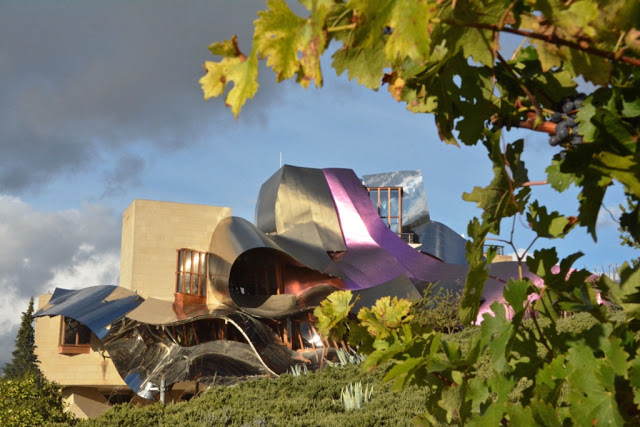
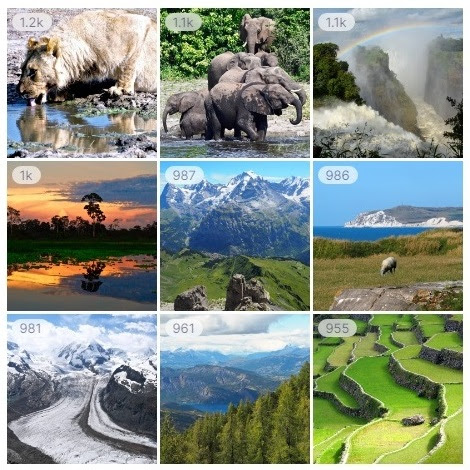
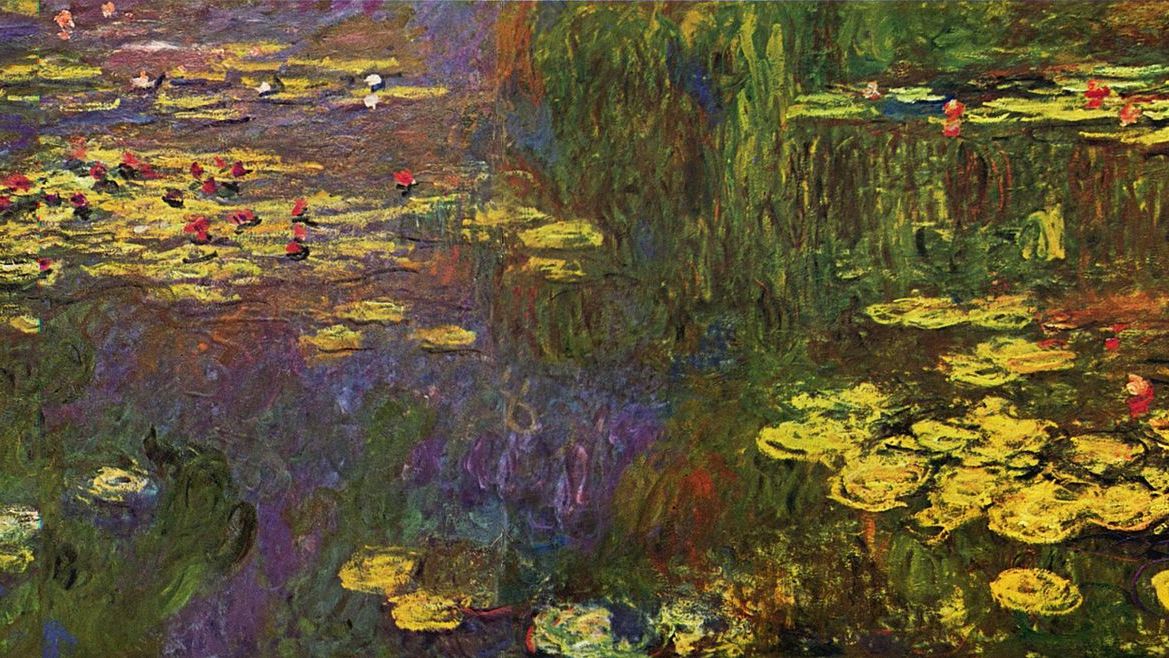
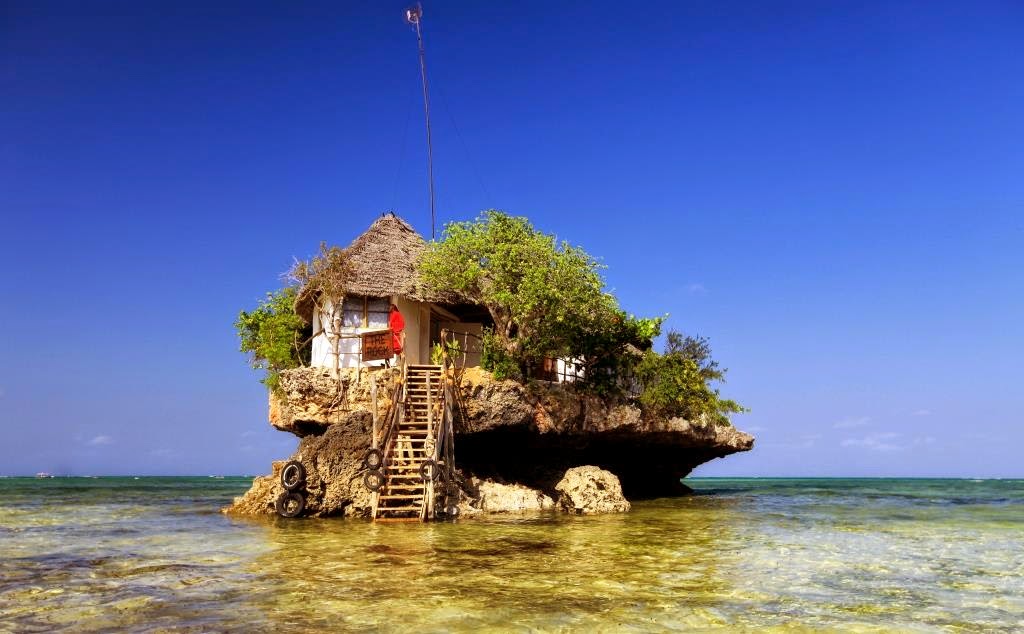

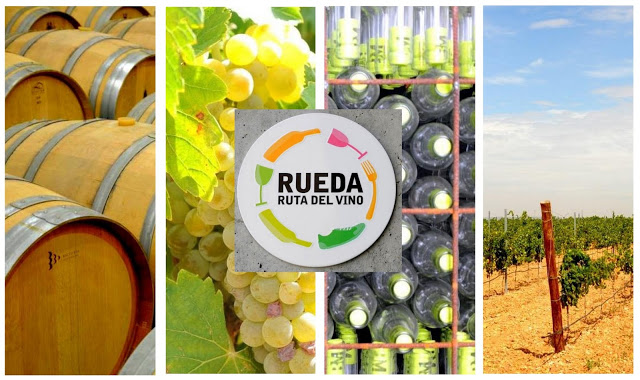
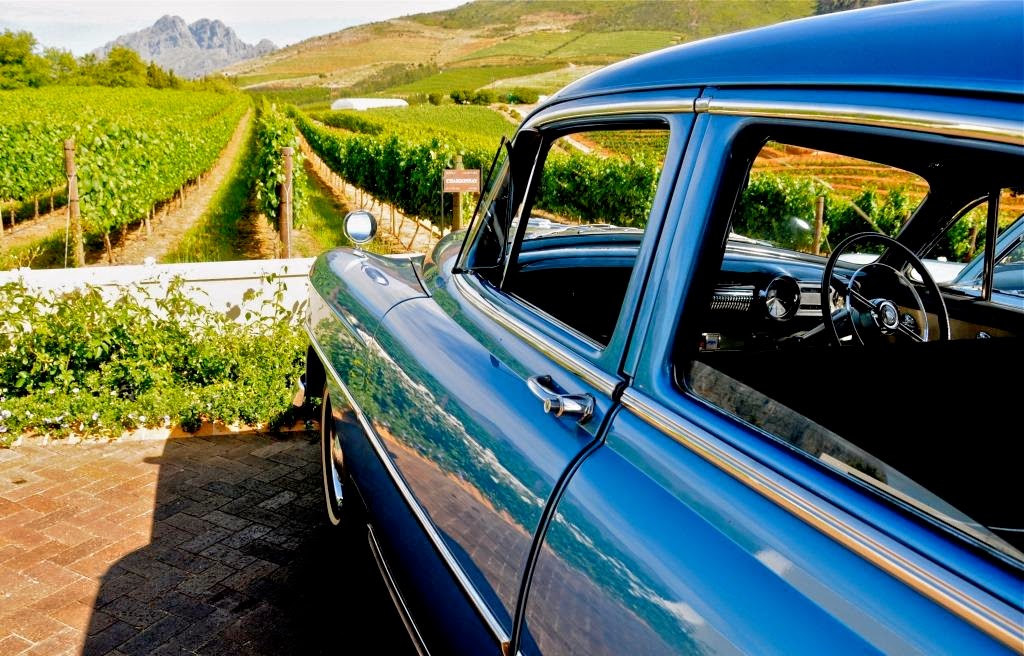
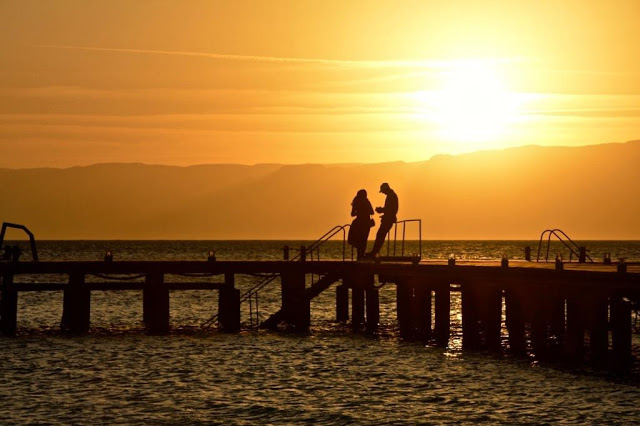
Geen opmerkingen